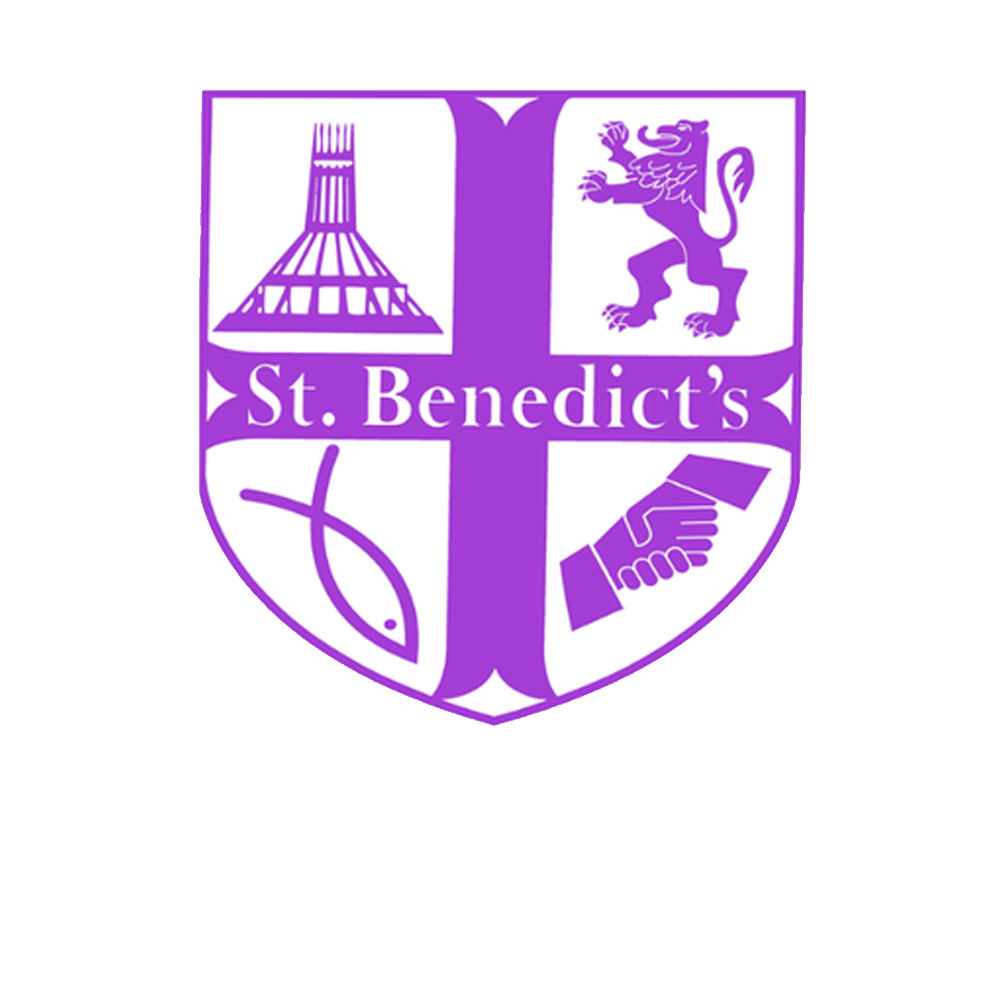History Curriculum
Intent
At St Benedict’s our intent is to create a love and interest for history and to inspire pupils’ curiosity to know more about the past. We aim to help our children to gain the knowledge, skills and understanding to become life-long historians. We want to instil a thirst for knowledge about the past and understand how events have shaped the world we live in today. Our varied history curriculum helps pupils gain a coherent, chronological knowledge and understanding of the past and enables them to use core knowledge of dates, events and people to talk confidently about a range of historical periods in Britain and the wider world.
The history curriculum builds upon prior knowledge in a carefully sequenced curriculum, both within and between year groups, and makes links to other subject areas where possible. Pupils develop an understanding of substantive concepts (Community, Knowledge, Invasion, Civilisation, Power and Democracy) that act as threads throughout, allowing our children to make connections across the history curriculum from Nursery to Year 6. We aim to broaden our pupils’ mental timeline to allow them to have a greater understanding of chronology and the overall narrative of the past.
Implementation
At St Benedict’s we follow the CUSP Curriculum modules from Year 1 to Year 6, including links to Foundation Stage. Each module has a big idea which is broken up into stages with an enquiry question for each lesson. This overview is shared throughout each module allowing children to see the sequence of their learning. Enquiry questions are explored in each lesson and all children answer this at the end of their learning. History is taught individually but links are made across the curriculum where possible. As well as studying individual local history units, we try to incorporate our locality within other parts of the curriculum. For example, when learning about Neil Armstrong we look at how some of the street names in our local area are named after the moon landing.
The sequence in KS1 focuses on young children developing a sense of time, place and change. It begins with children studying Changes within living memory to develop an understanding of difference over time within concrete experiences of their lives. Pupils study the Lives of significant individuals, focusing on Neil Armstrong, Mae Jemison and Tim Peake. This topic is later revisited through studying David Attenborough and Mary Anning. Chronology and place in time steers the understanding of the context in which these significant individuals lived. In KS1, pupils study local history through a unit looking at the history of Liverpool Waterfront. Children learn what the docks were used for and this is revisited in KS2 when we look at why Liverpool was targeted during WW2. Through studying events beyond their living memory, pupils draw upon early concepts of chronology and connect it to more abstract, but known, events in the past focusing on the Great Fire of London.
In KS2, pupils study the cultural and technological advances made by our ancestors as well as understanding how historians think Britain changed throughout the Stone, Bronze and Iron Ages. Having an in-depth understanding of Iron Age Britain offers solid foundations for the study of how Rome influenced Britain. Pupils are able to draw upon prior understanding to support and position new knowledge, therefore constructing much more stable long-term memories. Studies of how Britain was settled by Anglo-Saxons and Scots gives a focus on cultural change and the influence of Christianity. Pupils study how powerful kings and their beliefs shaped the Heptarchy of Anglo-Saxon Britain. CUSP also focuses on the Struggle for throne of England through a study of the Vikings, their origins, conquests and agreements with English Anglo-Saxon kings to settle and dwell in the region known as Danelaw.
Later in KS2, knowledge of Anglo-Saxons is revisited and used to connect with a study of the Maya civilisation. The study compares advancement of the Maya culture and innovation to that of the Anglo-Saxons around c.AD 900. Ancient history, such as the Achievements of the earliest civilisations – Ancient Egyptians and the study of Ancient Greek life and achievements are also studied learning about the influence on the western world. Recent history, such as the Battle of Britain for example, is studied in the context of how conflict changed society in the Second World War. Modern history is also studied through units such as the Windrush Generation. Knowing about slavery, Caribbean culture and the injustice of the past enlightens pupils to understand why events happened and how these pioneers faced racism, discrimination and prejudice. This is an integral feature of CUSP that spotlights the lessons we can learn from the past.
Impact
The impact of our history curriculum is measured through a variety of different strategies. Ongoing teacher assessment is used throughout lessons to inform teaching. Retrieval practise is used throughout each lesson to address gaps in pupils’ knowledge before moving on. This is done through using a cumulative quiz in each unit that builds through the sequence of learning. Children also use knowledge organisers to continually look back and reflect on previous learning, allowing children to remember more from their lessons.
Children’s learning is monitored by regular book scrutiny by the History co-ordinator in which constructive feedback is given to staff for future planning. History is also monitored through learning walks and drop-in observations.
We value pupil and parent’s voice and opinions and we encourage participation through homework topics and sharing our work on our class Twitter pages.
All of this is used to inform further curriculum developments and provision. At St. Benedict’s, staff work closely together as a team to ensure children receive the best history curriculum to allow them to develop a love of learning and skill set to become keen historians.



